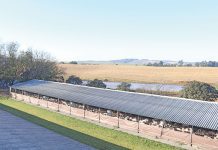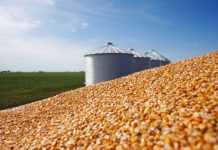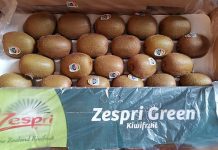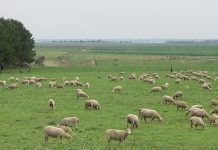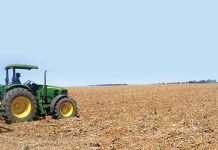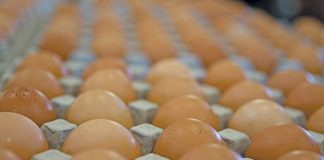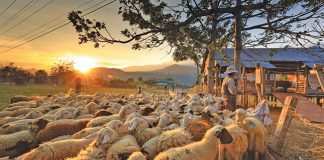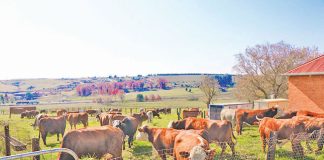Cash flow is like a river. Water that enters the river eventually flows out in the direction of the river. In the same way, money that enters the business eventually follows the flow of that business. If no money comes in, there’s no money to flow out!
And so you have a drought, which can be as bad as the ones that hit us when the rains don’t come.A cash flow covers a period of one year and is broken down into monthly projections. A projection is what we expect to see happen. It includes income (money that comes in) and expenditure (money that goes out).
How it works
Income is produce and livestock sold, money we get from investments, insurance pay outs, and loans. If we’re planting a crop, we need to know how long it will take to harvest the crop, so that the income is reflected in the correct month. A chicken farmer, on the other hand, would normally have a monthly income from sales, provided that bird replacement is strictly adhered to.
Expenditure includes overheads and variable expenses, which change according to activities in that particular month. Overheads are expenses that never go away! Overheads are like the hair on your head – always there, but no matter how many times you cut it, it keeps growing back. Examples of overheads are loan repayments, insurance premiums, salaries, electricity, water and rates, equipment replacement allocation, scheduled vehicle services, and machinery and equipment.
Examples of variable expenses are fertiliser, chemicals, seed and seedling purchases, seasonal labour costs, land preparation, harvesting, packaging and marketing costs, animal feed, medication, inoculations and tick/mite control, unscheduled repairs, and veterinary expenses.
How do we allocate this income and expenditure? If we have a fixed monthly income, then this amount would be allocated monthly. Variable income would be allocated into the months that we receive the money. For example, if we budget R36 000 for electricity for one year, we divide this by 12 months and then allocate R3 000 into each month. All overhead expenses work in this manner – divide by 12 and allocate the answer monthly. Variable expenses are entered into the month when they are to be incurred.
Remember, when you work on budgets and cash flows, you don’t work with cents – round off to the nearest rand.

